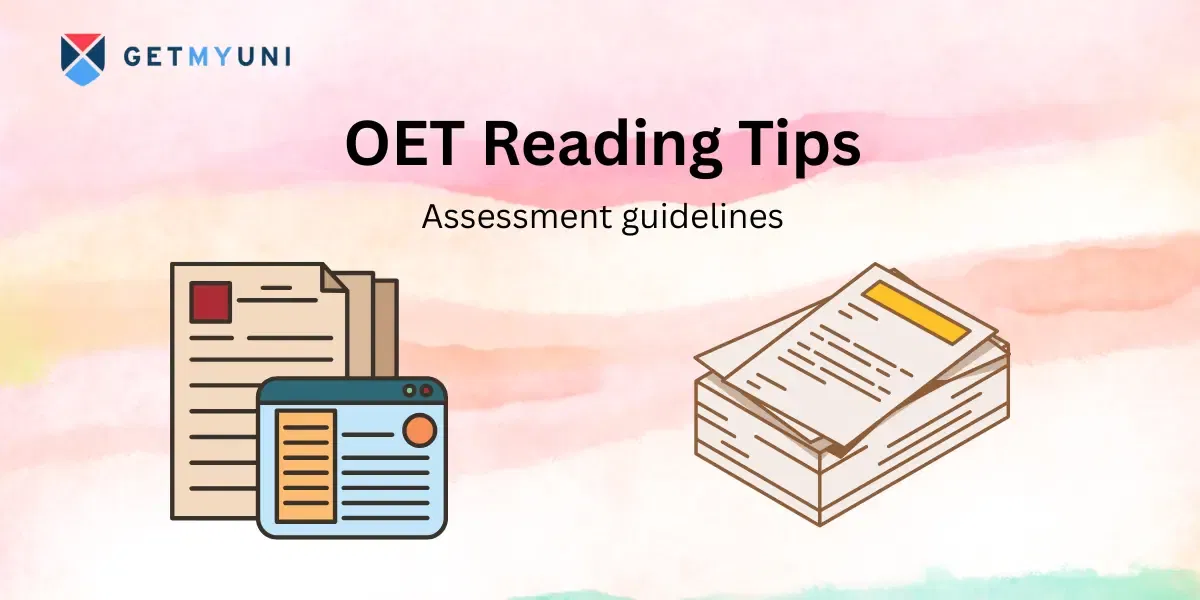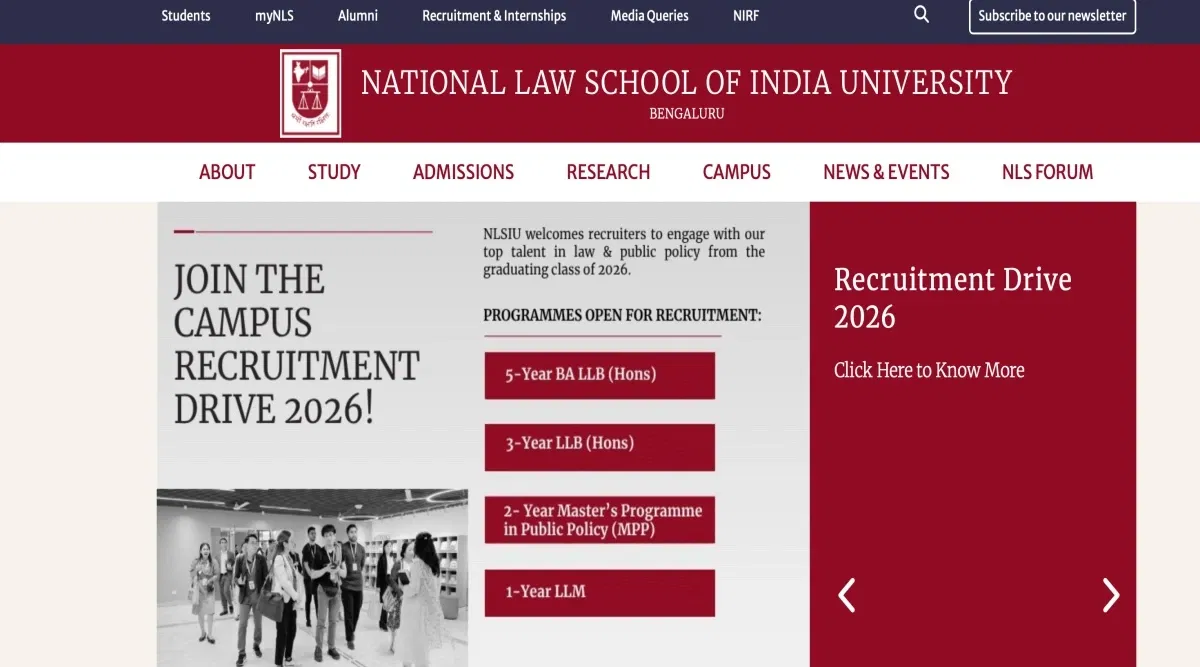International students looking to study in Australia can take admission in one of the three intakes offered by Australian Universities. Get complete details about intakes in Australia, along with timelines, admission requirements, scholarships, and much more.
Are you planning to study in Australia? If yes, then you need to decide which intake in Australia will be the best option for you! Admission intake refers to the application period during which universities across the world accept applications from students.
Prior to applying for a course, it is important that you know the major intakes in Australia so that you can submit your application in time. This article provides detailed information about the admission intakes offered by top universities in Australia.
Table of Contents
- Admission Intakes in Australia with Deadlines
- Why Study in Australia?
- Timeline for Intakes in Australia
- Which is the Best Intake in Australia?
- Intakes in Australia: Advantages and Disadvantages
- MBA intakes in Australia
- How to Apply for Admission Intakes in Australia?
- Documents Required to Study in Australia
- Scholarships in Australia with Deadlines
Admission Intakes in Australia with Deadlines
Australian universities offer two major intakes, unlike the single intake offered by Indian universities. Some universities also offer a third intake, depending on the type of program selected by students. Intakes are also referred to as semesters or trimesters. The table below shows the intakes available in Australia, along with their deadlines:
|
Intakes |
Deadlines |
|
October-November |
|
|
April-May |
|
|
Varies (July to August/September) |
Note: The deadlines mentioned above might differ from one university to another.
Semester 1 (February intake)
Known as the primary intake in Australia, this intake starts in late February or early March. A large number of students apply for this intake, which creates a high level of competition. Additionally, universities also offer a wide variety of courses in this intake.
During the February intake, there will be more opportunities to receive funding, including scholarships, research assistantships, and on-campus jobs. Furthermore, students can benefit from a greater number of internship opportunities by opting this intake. Here are the application deadlines of February intake universities in Australia:
|
University |
Semester 1 Application Deadlines |
|
September 1 |
|
|
December 1 |
|
|
January 30 |
|
|
November 30 |
|
|
October 31 |
|
|
October 31 |
|
|
December 15 |
|
|
October 1 |
|
|
December 1 |
|
|
Rolling deadline |
Semester 2 (July intake)
Among Indian students, the July intake in Australia is the most popular because it gives them enough time to arrange their application materials, collect reference letters, prepare CV/Resume, and collect their mark sheets from their universities.
Though the February intake in Australia has a greater number of courses available, the July intake can be equally advantageous due to the reasons mentioned above. This particular intake season requires applicants to appear for standardized tests and English language proficiency tests from December to February. The table below shows the application deadlines for July intake universities in Australia:
|
University |
Semester 2 Application Deadlines |
|
University of Melbourne |
October 31 |
|
March 31 |
|
|
Australian National University |
May 31 |
|
University of Sydney |
June 30 |
|
University of Technology Sydney |
April 30 |
|
University of Queensland |
March 31 |
|
November 1 |
|
|
University of Canberra |
December 1 |
|
February 15 |
|
|
University of Western Australia |
December 1 |
Semester 3 (November Intake)
The November intake is the least preferred intake in Australia. Only a few universities offer courses during this intake and the majority of these courses are vocational. This intake has different deadlines based on the university and the type of course (undergraduate/postgraduate). Tabulated below are some of the November intake universities in Australia, along with their deadlines:
|
University |
Semester 3 Application Deadlines |
|
University of New England |
May 1 |
|
University of New South Wales |
July 31 |
|
October 28 |
|
|
November 29 |
|
|
Charles Sturt University |
September 1 |
Note: Students must cross-check the admission deadlines on the official website of the respective universities.
Why Study in Australia?
Australia is an attractive study abroad destination for international students as there are various benefits of studying in Australia. Following are some of the advantages of studying in Australia:
- High-quality Education System: After the United Kingdom and the United States, Australia has the largest number of international students. It offers quality higher education with a unique curriculum preferred by international students.
- Broad Range of Courses: Australia's universities offer a diverse curriculum, allowing students to choose from a variety of courses based on their interests. Most of the top Australian universities offer integrated courses covering a range of interrelated subjects.
- Diverse Culture: Australia is one of the most diverse countries in the world You will have the opportunity to experience various multicultural settings in Australia as an international student.
- Excellent Job Opportunities: Aside from all of Australia's other benefits, you can also pursue a wide range of career opportunities after graduation. Students who wish to stay back to work in Australia after their graduation can apply for a Temporary Graduate Visa (subclass 485).
Timeline for Intakes in Australia
The preparation for getting enrolment into an Australian university starts well before the application. International students need to very carefully and select the time schedules during which they are planning to collect their application materials, give standardized tests in Australia, check eligibility requirements, start applying to universities, to pursue higher education in Australia.
Below is given a basic plan for planning a schedule for international aspirants looking to apply to Australian universities.
|
Preparations |
Semester 1 (February Intake) |
Semester 2 (July intake) |
Semester 3 (November intake) |
|
Research universities and courses |
As early as possible, preferably 10 to 11 months prior to April to June |
10 to 11 months before the start date of the semester, preferably September to October of the previous year |
10 to 11 months before the semester date, around November to December of the previous year |
|
Compare and shortlist the universities |
July to August of the previous year |
November to December of the previous year |
January to February of the applying year |
|
Appear for the standardized tests |
September to October of the previous year |
December to February of the applying year |
March to April of the applying year |
|
Start applying to colleges |
October to November of the previous year |
February to March of the applying year |
May to June of the applying year |
|
Acceptance and interview process |
November to December of the previous year |
March to April of the applying year |
July to August of the applying year |
|
Apply for a student visa in Australia Education Loan |
December to January of the applying year |
May to July of the applying year |
September to October of the applying year |
|
Start making travel arrangements |
January to February of the applying year |
June to July of the applying year |
November to December of the applying year |
Which is the Best Intake in Australia?
International students can get a little confused regarding which intake season they should opt for. All three intake seasons have their own pros and cons, which might pose challenges for international applicants while selecting a specific intake season and applying accordingly. There are factors one needs to keep in mind before selecting a particular intake in Australia.
- Availability of your preferred program
- Required academic records
- Required Entrance test scores
- Acceptance rates
- Job opportunities available
- Your readiness to join the university
Intakes in Australia: Advantages and Disadvantages
The intake seasons in Australia have some advantages and disadvantages, or pros and cons associated with them. Candidates should check out the availability for each course and university for their preferred intake season and apply accordingly. The pros and cons for the three semesters for intakes in Australia are given below.
|
Intake Seasons |
Pros |
Cons |
|
Semester 1 (starts in late February or early March) |
A large number of seats are available as well as an abundant number of courses. There are also more scholarship options for applicants. The weather is also ideal for incoming students. |
Since a large number of students apply, the competition is also fierce. Also, Indian students generally cannot come up with all application materials within the specified time. |
|
Semester 2 (starts in June) |
Most international students apply for this intake owing to the ideal time frame for assembling all admission documents. The competition is also less compared to the February intake. |
All universities do not provide all courses during this intake season. Also, seats for international students are limited and this intake season witnesses the largest number of international applicants. |
|
Semester 3 (starts in November) |
The competition is very low since a very small number of applicants apply during this particular semester. |
Only a number of courses and mostly just vocational courses are offered from a selected number of institutes. This semester is also not known for admitting a lot of international students since application materials cannot be acquired within the given time frame. |
MBA intakes in Australia
MBA is one of the most pursued postgraduate courses among international applicants and every year a significant number of candidates apply for this course at different universities around the world. The course duration for MBA in Australia is usually between 15 months to two years, depending on the university.
The MBA admission deadlines fall between October to December of the current year. A table of admission deadlines for MBA courses in Australia along with the top universities offering the course is given below.
|
University |
Intake Season |
International Application Deadline |
|
September intake |
Round 1: November 30 Round 2: January 30 Round 3: March 31 Round 4: May 31 Round 5: June 30 |
|
|
University of New South Wales: Australian Graduate School of Management |
All intakes |
Term 1: November 30 Term 2: March 31 Term 3: July 31 |
|
Monash University: Monash Business School |
All intakes |
Round 1: April 30 Round 2: June 30 Round 3: August 20 |
|
University of Queensland Business School |
All intakes |
Applications are currently open |
|
Macquarie University: Macquarie Graduate School of Management |
All intakes |
Term 1: January 10 Term 2: April 4 Term 3: June 27 Term 4: September 19 |
|
University of Western Australia Business School |
July intake |
November 12 |
|
Australian National University |
July intake |
November 1 |
|
Deakin University- Deakin Business School |
February intake |
February 20 |
|
University of Wollongong Sydney campus |
February and July intake |
Semester 1: Direct application Semester 2: Opens on May 1 |
How to Apply for Admission Intakes in Australia?
No matter which admission intake season a student chooses, they need to be prepared beforehand. It is recommended to start applying as early as possible to maximize chances at admission for the preferred intake. Most universities in Australia follow a first cum first serve based admission procedure, therefore candidates need to follow a specific pattern starting from shortlisting the universities.
June semester witnesses the most number of applications from international students, therefore it also offers competition. The February intake offers courses from most universities, therefore it is also a well-pursued intake season.
International applicants need to fulfill the criteria for admission which includes standardized tests, English proficiency tests, and additional admission requirements. TOEFL, IELTS is the preferred English proficiency tests. The document requirement checklist also depends upon the university one is planning to apply to. GRE/GMAT scores are usually required for participation in postgraduate programs in Australian universities.
Documents Required to Study in Australia
The admission requirements vary from university to university in Australia. However, there are some basic documents that are required in almost any institute for higher education in Australia. They are listed below.
- Application form filled up with all the relevant details.
- The application fees of the university.
- English proficiency test scores like IELTS/TOEFL/PTE.
- Reports and academic certificates from previous institutions, translated into English.
- Evaluated score reports of national or regional board examinations.
- The minimum required GPA.
- Photocopies of the first and last page of the passport.
- Standardized test scores like SAT/ACT or GRE/GMAT.
- Statement of purpose.
- Letters of recommendation from academic teachers.
- Financial documentation containing bank statements or statements from a financial advisor.
- Job experience certificates, if available.
- Medium of instruction.
- CV/Resume.
- Interviews are required in some cases.
- Self-written academic essay.
- Immigration documents.
Scholarships in Australia with Deadlines
Studying in Australia is a costly affair; however, with the help of financial needs, international students can fund their education easily. There are various fee waivers, scholarships, assistantships, etc that can assist a student in affording their education in Australia. Some of the most popular scholarships in Australia for international students along with the intake seasons and deadlines are given below.
|
Scholarship |
Intake Season |
Deadline |
|
Australian Government Research Training |
Course starts in January |
18 April 2022 |
|
Griffith Remarkable Scholarship |
Course starts in 2022 |
18 April 2022 |
|
University of Sydney International Scholarship |
Course starts in 2022 |
30 September, 30 November 2021 |
|
ADB Japan Scholarship program |
Course starts in 2022 |
No specific deadline |
|
The Global Excellence Scholarship at the University of Western Australia |
July semester |
23 July |
|
CDU Vice Chancellor’s International High Achievers Scholarships |
July semester |
30 June |
|
Vice Chancellor’s International Scholarship scheme at University of Sydney |
August semester |
5 July |
|
Adelaide Global Academic Excellence Scholarships |
July semester |
30 June |























POST YOUR COMMENT